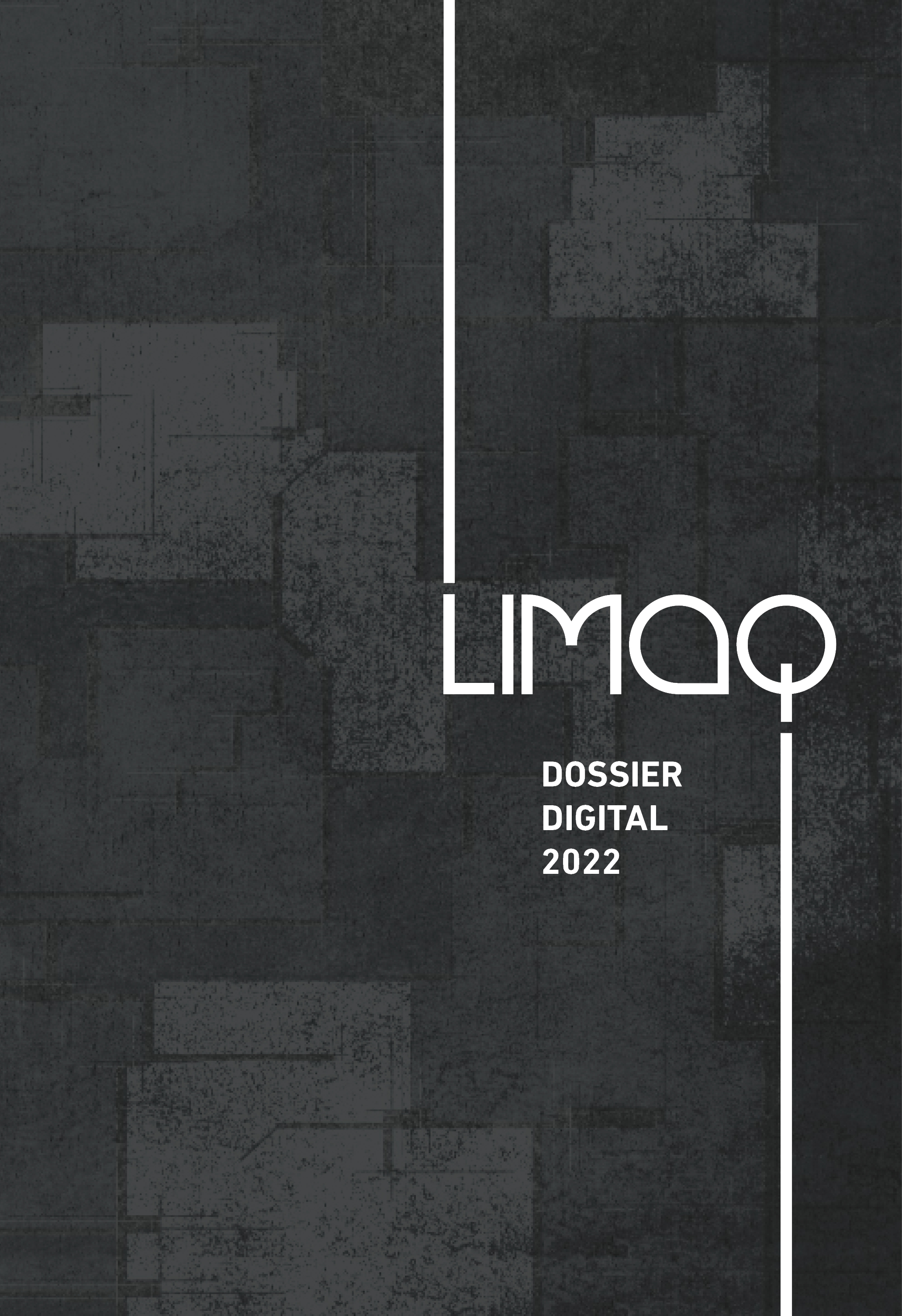Arquitectura accesible: proyecto de centro educativo público para niños con discapacidad visual en el distrito de San Juan de Lurigancho, Lima
DOI:
https://doi.org/10.26439/limaq2022.n.5260Palabras clave:
accesibilidad, arquitectura accesible, arquitectura sensorial, discapacidad visual, educación inclusiva, marginalidadResumen
Vivimos en una sociedad donde la persona con discapacidad generalmente es marginada por omisión, lo que afecta la mayoría de sus derechos, entre ellos, el acceso a una educación digna. Hay en Lima un gran déficit de centros educativos para estas personas, en especial para las que tienen problemas visuales, y los que hay no ofrecen una infraestructura inclusiva, ni siquiera adaptada para que puedan desarrollarse con normalidad. Este artículo presenta la propuesta de un centro educativo público para niños invidentes en el distrito de San Juan de Lurigancho, en Lima, apostando por un diseño creativo e inclusivo para el desarrollo de las habilidades y competencias del alumno discapacitado.
Descargas
Referencias
Architizer (s. f.). Elementary School Projects. https://architizer.com/idea/186090/
Congreso de la República (2005). Cifras sobre educación y discapacidad en el Perú. Comisión de Estudios de Discapacidad. http://www4.congreso.gob.pe/comisiones/2002/discapacidad/educacion_inclusiva/cifras-discapacidad.pdf
Fundación ONCE, & Fundación Arquitectura COAM (2011). Accesibilidad universal y diseño para todos. Arquitectura y urbanismo. EA Ediciones de Arquitectura.
Hung Arrunategui, P. C., & Ureta Córdova, J. M. (2020, julio). Centro educativo público para niños con discapacidad visual en el distrito de San Juan de Lurigancho. Trabajo de investigación para optar el título profesional de arquitecto. Universidad de Lima.
INEI – Instituto Nacional de Estadística e Informática (2015, marzo). Características de la población con discapacidad. https://www.inei.gob.pe/media/MenuRecursivo/publicaciones_digitales/Est/Lib1209/Libro.pdf
Ministerio de Educación (2020). Mision y visión. http://www.minedu.gob.pe/p/ministerio-mision-vision.php
NDA – National Disability Authority (s. f.). The 7 Principles. Centre for Excellence in Universal Design. https://universaldesign.ie/what-is-universal-design/the-7-principles/
Organización Mundial de la Salud – OMS (2011). Informe mundial sobre la discapacidad. https://apps.who.int/iris/bitstream/handle/10665/75356/9789240688230_spa.pdf
PCM – Presidencia del Condejo de Ministros (2011). Centro Nacional de Planeamiento Estratégico. https://www.ceplan.gob.pe/sinaplan/plan-bicentenario-2/
Roux, M. (2019, 15 de agosto). Architecture for the Blind: Intelligent and Inclusive Spaces for the Blind User. https://www.archdaily.com/923028/architecture-for-the-blind-intelligent-and-inclusive-spaces-for-the-blind-user?ad_medium=gallery
The Learning Spaces (2019). Transformación aulas 2do ciclo educación infantil. https://www.thelearningspaces.com/proyectos/educacion-infantil-merced-2/



